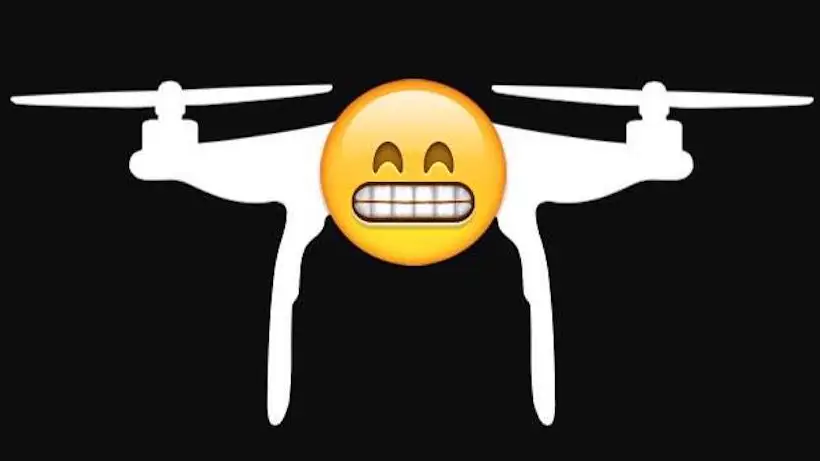#USA Navy Super Hornets are now fully equipped with operational AIM-174B flying combat sorties over the Pacific
With a range of 240 KM and top speed of Mach 3.5+ it out ranges & out guns all China PLA N/AF BVRs
With this US restores it’s superiority in BVR combat once again pic.twitter.com/erdPwwJrHJ
— BharatPatriot 🇮🇳🇩🇪🇺🇸🇺🇦🇨🇵🇮🇱🇪🇺 (@BharatPatriot1) August 14, 2024
Is this some kind of gay thing?
The U.S. Navy’s deployment of new extremely long-range air-to-air missiles in the Indo-Pacific could erase China’s advantage in aerial reach, experts say, part of an intensifying focus on projecting power amid high tensions in the region.
The AIM-174B, developed from the readily available Raytheon SM-6 air defence missile, is the longest-range such missile the United States has ever fielded and was officially acknowledged in July.
It has three key advantages: it can fly several times farther than the next-best U.S. option, the AIM-120 AMRAAM; it does not require new production lines; and it is compatible with the aircraft of at least one ally, Australia.
Crucially, a weapon such as the AIM-174B, which can attack aerial targets as far away as 400 km (250 miles), outranges China’s PL-15 missile, allowing U.S. jets to keep threats farther from aircraft carriers, and safely strike “high-value” Chinese targets, such as command-and-control planes.
“The United States can ensure the safety of their important assets, such as carrier groups, and launch long-range strikes on PLA targets,” said Chieh Chung, a researcher at a Taipei-based thinktank, the Association of Strategic Foresight, using an abbreviation for the People’s Liberation Army.
China would use drones.
How much is an “extremely long range” missile? A billion dollars?
The West has not easily been able to do that until now.
The AIM-120, the standard long-range missile for U.S. aircraft, has a maximum range of about 150 km (93 miles), which requires the launching aircraft to fly deeper into contested territory, exposing aircraft carriers to greater danger of anti-ship attacks.
Any type of South China Sea conflict, within the so-called First Island Chain, which runs roughly from Indonesia northeast to the Japanese mainland, means the U.S. Navy would operate within few hundred kilometres of its Chinese adversary.
Supporting Taiwan in an invasion would pull the Navy in even closer.
The AIM-174B changes that equation, keeping PLA carrier-hunting aircraft out of firing range and even endangering their planes attacking Taiwan, Cheih said. That increased the likelihood the United States would get involved in a major conflict in the region, he added.
“The big thing is that it lets the United States push in a little bit further” into the South China Sea during a conflict, said a senior U.S. defence technical analyst, who declined to be identified because the matter is a sensitive one.
“And it’s going to potentially change Chinese behaviour because it’s going to hold large, slow, unmanoeuvrable aircraft at greater risk.”
Why does the US issue these threats so often?
Are they just trying to get the Philippines and Japan destroyed?
What is the point of this?
See: Houthis Hit Tel Aviv! New Long-Distance Drone! One Dead Jew, At Least Ten Injured Jews!
The Ukraine war has made obvious that the era of tank warfare is now over.
If a $500 drone can kiII a $10 million tank … tanks are obsolete and won’t be built.
Next up? Naval ships. Imagine 1,000 drones (cost $500,000) sinking an Aircraft Carrier ($13 billion).
China knows. pic.twitter.com/R1VbRRzg0M
— Wall Street Silver (@WallStreetSilv) June 24, 2024
💥Wow! Iranian drone gets close to US aircraft carrier — USS Eisenhower — and captures an amazing footage.
How hard would it be for such a drone to drop a bomb on one of those fighter jets?
In a world of asymmetric warfare, the old rules of power balance are valid no more… pic.twitter.com/DS8DqPhUud
— S.L. Kanthan (@Kanthan2030) November 5, 2023
